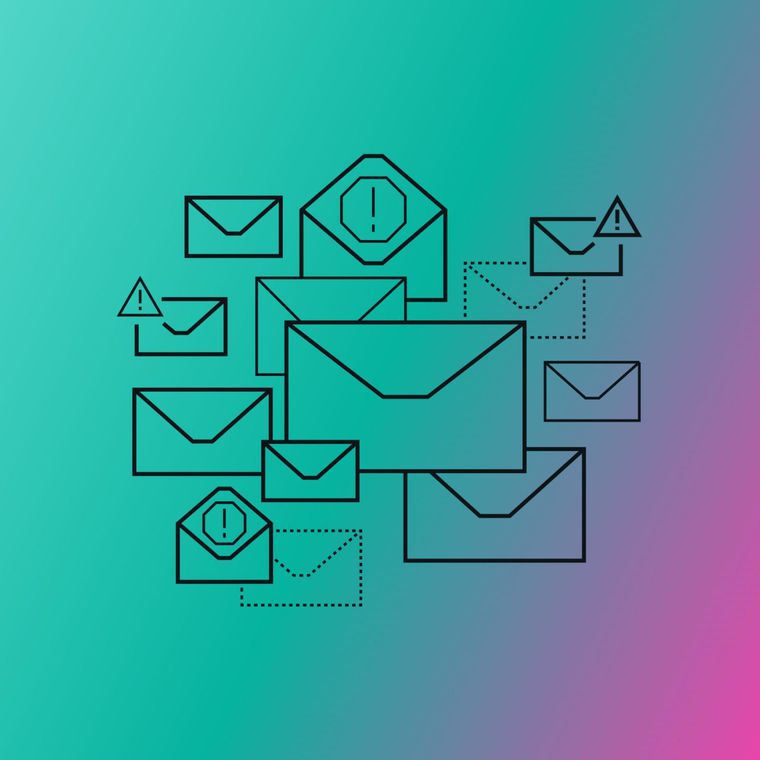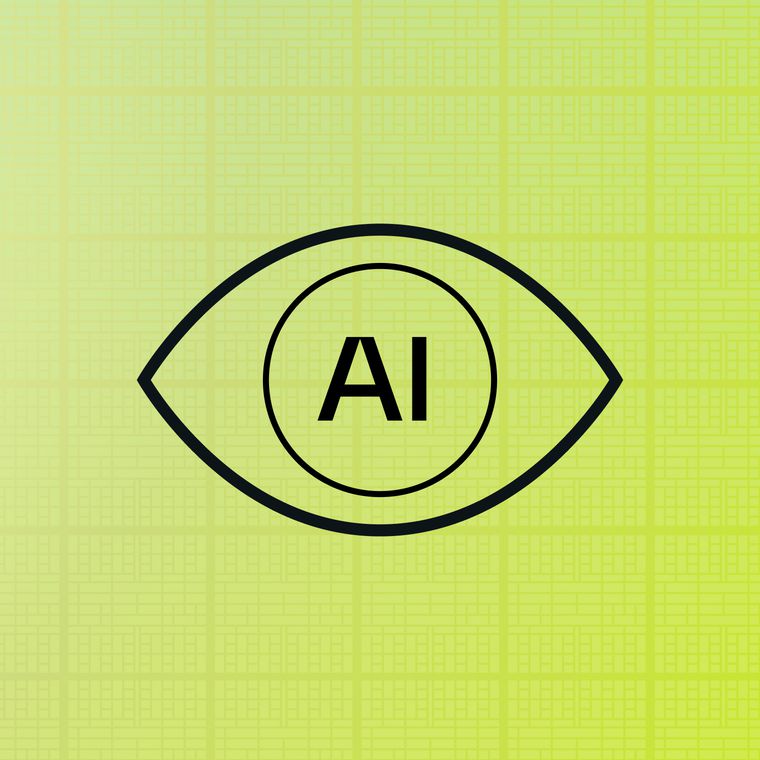Encrypting emails in Gmail is simple and requires no additional software or certificates. Gmail automatically encrypts emails using Transport Layer Security (TLS) when sending messages to recipients who support it, ensuring email content remains secure during transit. This automatic encryption protects the privacy of your communication without requiring manual intervention, making email cryptography accessible for all users.
What is Email Encryption, and How Does it Work?
Encryption is the process of disguising data so it’s impossible to decipher without authorization. Encryption often involves changing information from plaintext to ciphertext. It’s a vital practice for strong data privacy and security.
What Is Email Encryption?
Email encryption is a method that protects the content of email messages by making it unreadable to unauthorized parties. It works by encoding the message using a cryptographic key, turning the readable text into a series of random characters that are difficult to decipher. Once the message reaches the recipient’s email provider, the key allows them to decode the text and view the original content.
Many email providers use encryption to secure the transmission of messages between the sender and recipient's servers. This process ensures that attackers can't intercept the emails during transit and access sensitive information. However, some email services don't offer encryption, which can leave users at a higher risk of data theft and other types of cyberattacks.
Why Email Encryption Is Important
Emails are the primary business communication channel, making them a favorite target for cybercriminals. When unprotected messages cross multiple servers, threat actors can intercept or alter sensitive content. Email encryption solves this problem by encoding every message so only approved recipients can read it, protecting confidentiality, integrity, and compliance in one step.
Encrypting email directly addresses three high-risk areas, including:
Privacy: Email encryption ensures your private conversations stay confidential by creating a digital lock that only intended recipients can open with their unique key, preventing unauthorized parties from reading your personal or business communications.
Data Protection: Sensitive information, including financial records, personal details, intellectual property, and executive communications, remains protected even if intercepted by cybercriminals, as encrypted messages appear as meaningless scrambled text without the proper decryption key.
Compliance: Organizations must meet strict legal requirements under regulations such as GDPR, HIPAA, and PCI DSS, which mandate the secure handling of personal and regulated data. Encryption serves as a proven method to satisfy these compliance obligations and avoid costly penalties.
Overall, when they implement email encryption, organizations don't just protect individual message; they safeguard their reputation, maintain customer trust, and ensure business continuity against increasingly sophisticated cyber threats.
How Email Encryption Works
At a high level, email encryption uses cryptographic keys to turn plaintext into unreadable ciphertext.
There are two main types of encryption used in emails:
Symmetric encryption: Both sender and recipient use the same key to encrypt and decrypt the messages. This method is simpler but requires secure key exchange beforehand.
Asymmetric encryption: This uses a key pair—a public key for encryption and a private key for decryption. The sender encrypts the messages with the recipient’s public key, and only the recipient’s private key can decrypt it.
Modern email platforms often combine both in a hybrid approach, encrypting the message with a fast symmetric key, then protecting that key with asymmetric encryption.
Common Types of Email Encryption
Encryption Type | Description | Protects Against | Key Distribution |
TLS (Transport Layer Security) | Encrypts communication between servers but does not encrypt the actual email and attachments. | Email interception during transfer. | Automatic |
PGP (Pretty Good Privacy) | A security program that encrypts and decrypts email messages and enables end-to-end encryption using public/private key pairs with 4096-bit keys to encrypt the messages. Normally more costly and complex to implement and adopt. | Anyone reading the message without the recipient’s private key. | Web of trust (users manage their own public and private key pairs). |
S/MIME (Secure/Multipurpose Internet Mail Extensions) | A standard developed by RSA and built into most email software services. Enables end-to-end encryption using public/private key pairs, most commonly 1024/2048-bit keys. Less costly and, given its wider adoption, is easier to implement. | Anyone reading the message without the recipient’s private key. | Certificate authority. |
How to Choose the Right Email Encryption Solution
Advanced encryption technology delivers maximum value when employees embrace it seamlessly and administrators manage it efficiently.
Here are some essential criteria to make an informed decision:
Ease of Use
Choose platforms that enhance user experience through automatic key exchange mechanisms or single-click encryption features. Streamlined processes encourage consistent security adoption, where employees naturally incorporate encrypted communication into their productivity workflows. The optimal solution encrypts messages transparently, requiring minimal technical knowledge, and preserves normal email efficiency.
Security Strength
Prioritize solutions supporting modern cryptographic standards, including AES-256 encryption, RSA-4096 key pairs, or Elliptic Curve Cryptography (ECC) algorithms. Advanced platforms feature automated key rotation capabilities to maintain security excellence over time and ensure continuous protection. Current encryption methods provide organizations with robust defense against sophisticated attacks while maintaining optimal performance.
Recipient Compatibility
Ensure external partners, clients, and vendors can easily decrypt encrypted messages through browser-based access or native email client support. Solutions offering seamless recipient experiences strengthen business relationships and maximize adoption rates across diverse external environments. Universal compatibility creates smooth communication channels that enhance professional collaboration.
Scalability and Automation
Select platforms featuring policy-based encryption triggers that intelligently apply appropriate security levels based on content, sender, recipient, or compliance requirements. Advanced solutions handle growing email volumes while maintaining peak performance and providing administrators with centralized management tools. Automated rule engines ensure consistent encryption application and reduce administrative overhead across the entire organization.
The ideal email encryption solution combines robust security with seamless user experience, ensuring widespread employee adoption while meeting all compliance requirements. Organizations achieve the best results by selecting solutions that integrate effortlessly into existing workflows while delivering enterprise-grade protection and operational efficiency.
Email Encryption on the Abnormal Platform
Abnormal uses a sophisticated API architecture to analyze thousands of behavioral signals from Microsoft 365 and Google Workspace environments, powering an advanced behavior AI engine that identifies and neutralizes sophisticated malicious messages, such as zero-day attacks, before users can interact with threatening content.
More than 70% of Abnormal's customers actively use the native security features built into Microsoft 365 and Google Workspace, including comprehensive email encryption capabilities, to protect sensitive information and maintain organizational trust. Both platforms include enhanced encryption features as part of their standard licensing packages, with S/MIME (Secure/Multipurpose Internet Mail Extensions) serving as the widely adopted standard for enterprise email encryption across these environments.
Below, you can find some information on Microsoft 365 and Google Workspace, but keep in mind that this is just a quick overview and that both providers continuously improve their security features. Consult their websites for further information.
- Microsoft 365
Microsoft Purview Message Encryption: Includes encryption, identity, and authorization policies to help secure your email. You can encrypt messages by using rights management templates, the Do Not Forward option, and the encrypt-only option.
- S/MIME: A widely accepted protocol for sending digitally signed and encrypted messages. S/MIME in Exchange Online provides the following services for email messages:
Encryption: Protects the content of email messages.
Digital Signatures: Verifies the identity of the sender of an email message.
TLS: Encrypts connections between servers, preventing interception during transit. Does not encrypt the email or its attachments.
- Google Workspace
S/MIME: A widely accepted protocol for sending digitally signed and encrypted messages. Administrators can also customize some Gmail settings to require S/MIME for specific messages.
TLS: Encrypts connections between servers, preventing interception during transit. Does not encrypt the email or its attachments.
Ready to see how Abnormal combines advanced threat detection with seamless email encryption to protect your organization? Request a personalized demo and experience modern, AI-powered email security today.
Frequently Asked Questions (FAQs)
Get the Latest Email Security Insights
Subscribe to our newsletter to receive updates on the latest attacks and new trends in the email threat landscape.



